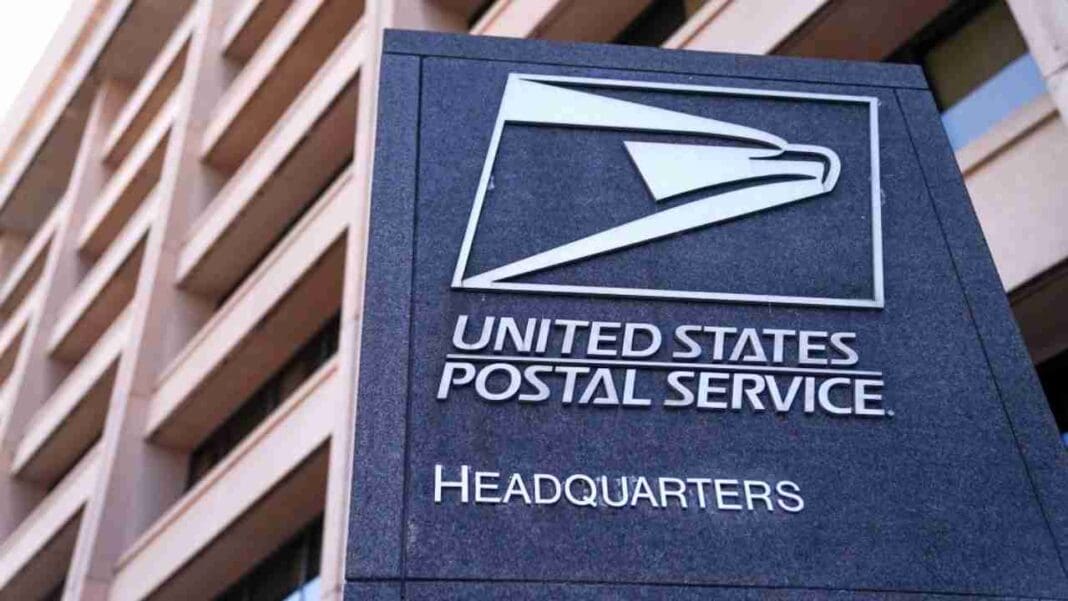By Robert J. Pedersen, Former USPS Finance Executive
Three years ago, just nine months into Postmaster General Louis DeJoy’s tenure, the Postal Service (USPS) unveiled its Delivering for America (DFA) plan, with forecasts of key financial indicators for 10 fiscal years,[1] 2021 through 2030. Annual data provide an opportunity to assess results through 2023, and these results are alarming.
As background, USPS focuses on controllable expenses, defined as follows in management’s 2021 Integrated Financial Plan:
Expenses before Retiree Health Benefits (RHB) amortization and actuarial changes to RHB normal cost, Federal Employees Retirement System (FERS) and Civil Service Retirement System (CSRS) unfunded liability amortization, and non-cash adjustments to workers’ compensation liabilities [which are largely a function of changes in interest rates].
Controllable income/loss is therefore total revenue minus controllable expenses. Rather than “controllable,” it would be more accurate for revenue and certain expenses to be deemed a verbally awkward “somewhat influenceable.” Evidence for this view is found in variances versus forecasts.



